Stile and the VTLM: Practice Principles for Excellence in Teaching Practice
Learn how Stile aligns to the VTLM's Practice Principles for Excellence in Teaching Practice.

The Practice Principles for Excellence in Teaching Practice are the second component of the VTLM. The Practice Principles are designed to improve student learning and wellbeing. Stile supports teachers in incorporating the actions described by the 9 Practice Principles. Specific examples for each of the Practice Principles are detailed below.

Principle 1: High expectations for every student promote intellectual engagement and self-awareness
Stile incorporates evidence-based thinking routines in almost every lesson to scaffold and develop students’ self-reflection and self-awareness. Eight different routines are used throughout the collection, which are particularly relevant to science learning.
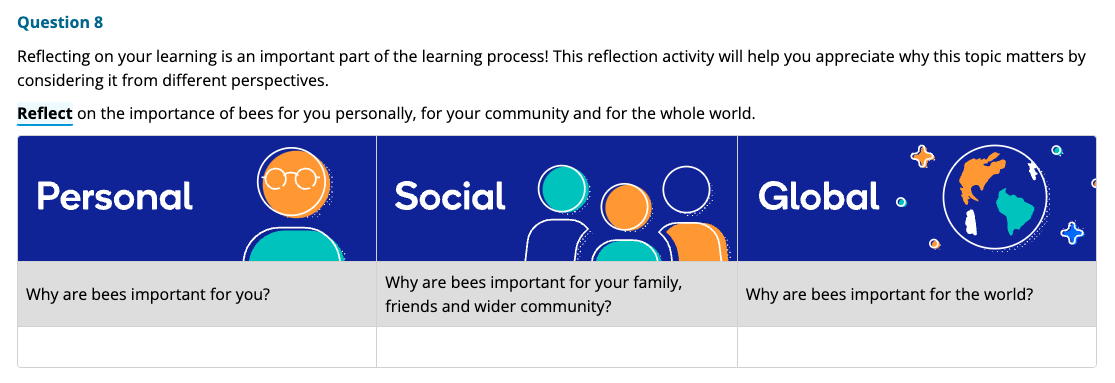
Principle 2: A supportive and productive learning environment promotes inclusion and collaboration
Stile uses collaborative questions and tasks where students work together to achieve a common goal. This ranges from collaborative brainstorming and poll questions, where students share their ideas with one another, to completing practical activities with a partner, or group work tasks such as research projects or building models. Teaching notes provide teachers with guidance on facilitating discussion and respectful questioning between students, as well as connecting to students’ experiences, community and backgrounds to incorporate diverse perspectives.
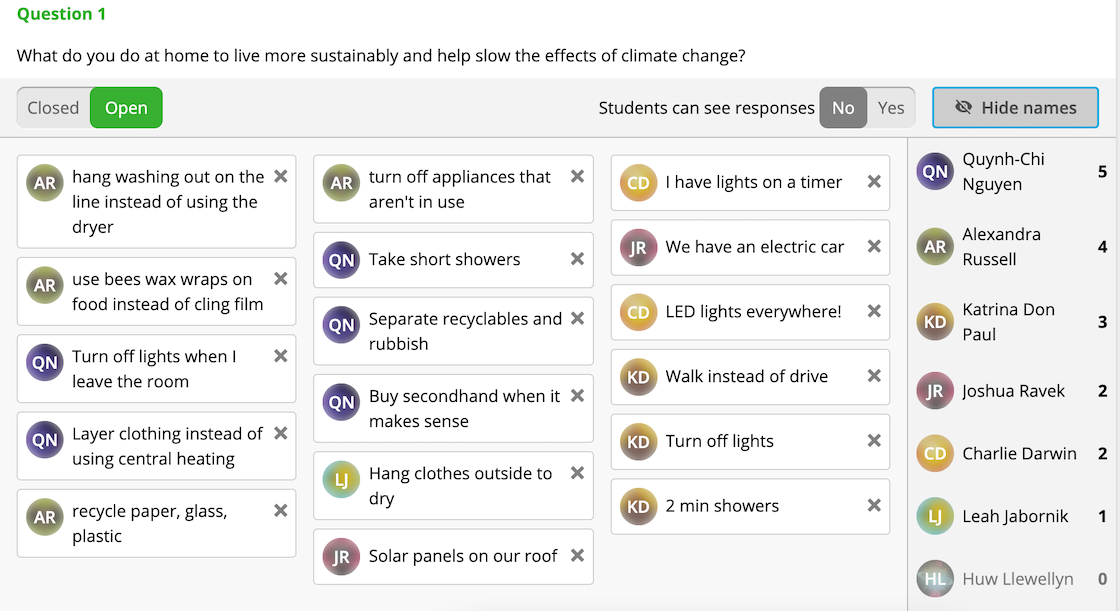
Principle 3: Student voice, agency, and leadership empower students and build school pride
Driving Questions Boards are used in a number of Stile units as a strategy that allows students to exercise authentic agency in their own learning. Students generate questions around a topic, which the teacher uses to direct the learning journey. Examples of this approach can be seen in the Waves unit.

Principle 4: Curriculum planning and implementation engages and challenges all students
Stile’s scope and sequence documents provide teachers with guidance and curriculum alignment to support them in delivering their science programme. This document is fully editable, allowing teachers to customise it to the needs of their students and school context. You can review our Scope and Sequences here.
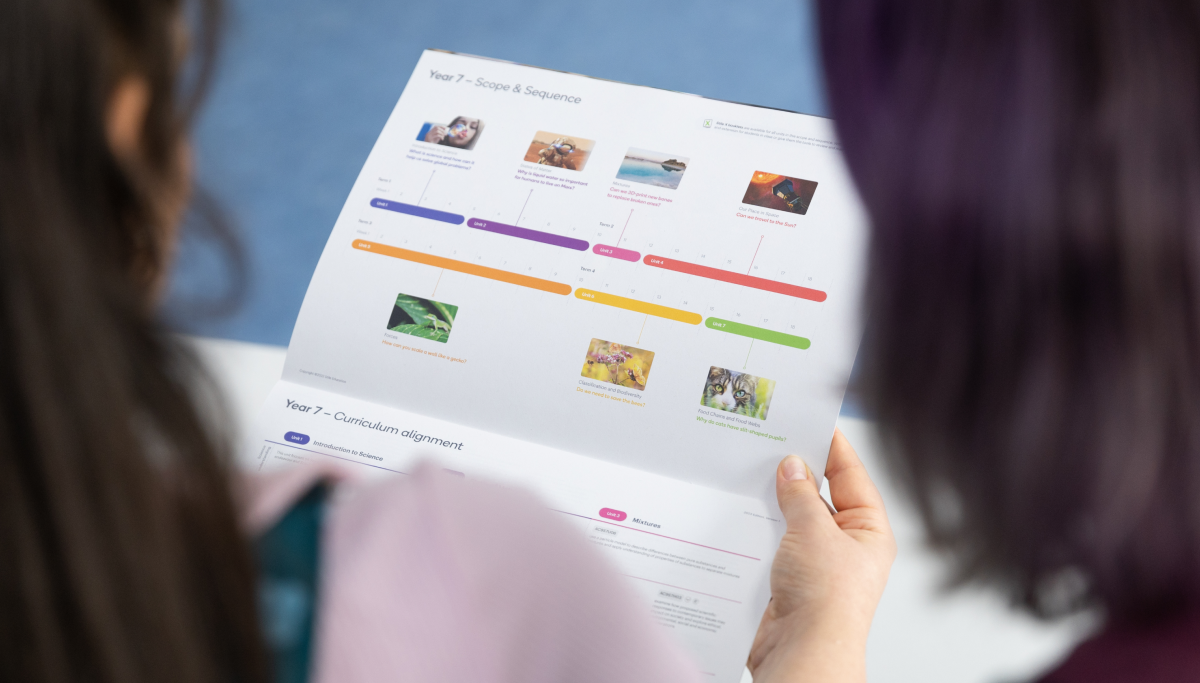
Principle 5: Deep learning challenges students to construct and apply new knowledge
Stile supports teachers in setting work and goals that align with students’ abilities. Lessons use SOLO Taxonomy (Biggs & Collis, 1982) to progress students from lower-order thinking to higher-order thinking and provide a point of entry for students of all abilities. Intentional scaffolding supports this progression and guides students to successful outcomes. Teaching notes throughout Stile lessons include suggestions for differentiation to ensure that all students can experience success.
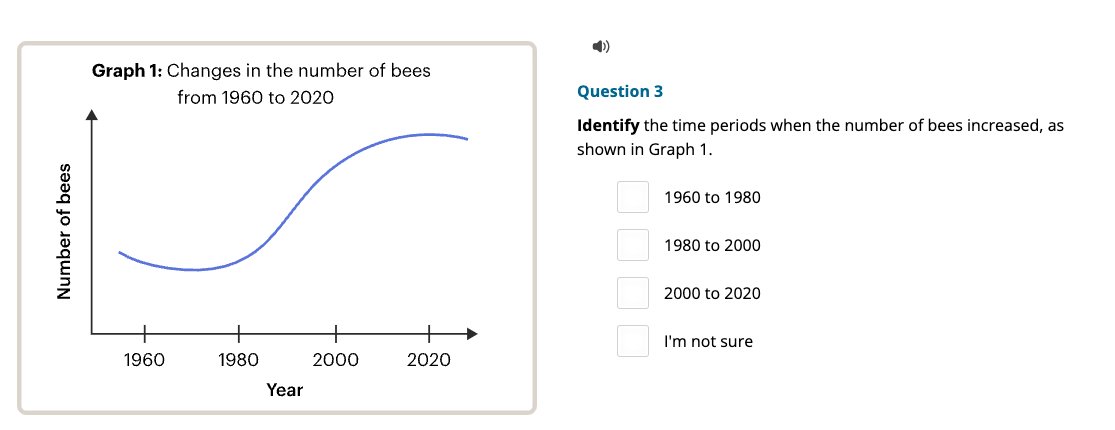
Principle 6: Rigorous assessment practices and feedback inform teaching and learning
Every Stile lesson contains at least one Key Question, which is used for formative assessment of student progress against the lesson’s curriculum-aligned learning goal. At the unit level, formative check-in lessons provide an opportunity to ensure students have grasped key concepts at pivotal points in the sequence of learning. Every unit also includes at least one summative test.
Teachers are guided on the process of providing written feedback and using assessment data to plan for learning through routine training, teacher support material and in-lesson teaching notes. Automated feedback is also provided on drag and drop and multiple choice questions to supplement verbal and written feedback provided by the teacher.

Principle 7: Evidence-based strategies drive professional practice improvement
Stile’s regular high-quality, online professional learning workshops explore a range of evidence-based pedagogies. These include Discourse Moves (Windschitl, Thompson & Braaten, 2018), SOLO Taxonomy (Biggs & Collis, 1982) and the use of High Impact Teaching Strategies (Department of Education and Training, 2017) with Stile. You can read more on High Impact Teaching Strategies and Stile here.
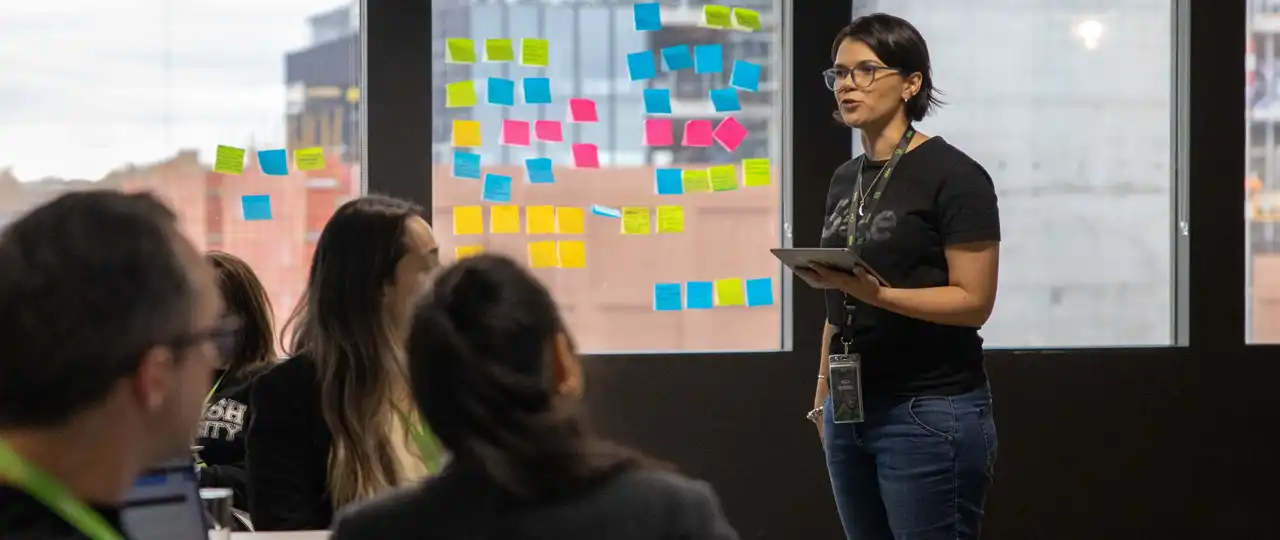
Principle 8: Global citizenship is fostered through real-world contexts for learning
Every Stile unit is based on a real-world scientific issue. Resources focus on supporting students to recognise the impact they have on the world around them and how the science they learn in the classroom applies to their daily lives. In the Ecosystems unit, for example, students calculate how much plastic waste their class generates during a year and consider actions they could take to reduce this. In the Cells unit, students discuss the potential social impact of cultured meat through the perspectives of different stakeholders in a Socratic seminar.

Principle 9: Partnerships with parents and carers enhance student learning
Stile provides teachers with resources to support communication with parents, carers and kin. Each unit includes an email template that informs parents and caregivers what their child will be learning about, provides questions they can ask to engage with their learning and gives suggestions for how they can support students at home.
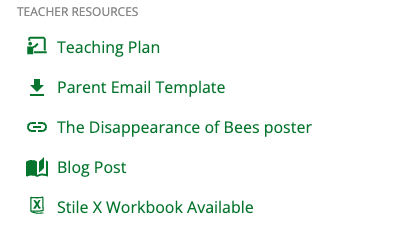
Have a read of the next component of the VTLM: Pedagogical Model here.
References
Department of Education and Training. (2017). High Impact Teaching Strategies. https://www.educaiton.vic.gov.au/Documents/school/teachers/support/high-impact-teaching-strategies.pdf
Biggs, J.B., & Collis, K.F. (1982). Evaluating the Quality of Learning: The SOLO taxonomy New York: Academic Press.
Windschitl, M., Thompson, J. & Braaten, M. (2018). Ambitious Science Teaching. Harvard Education Press.

